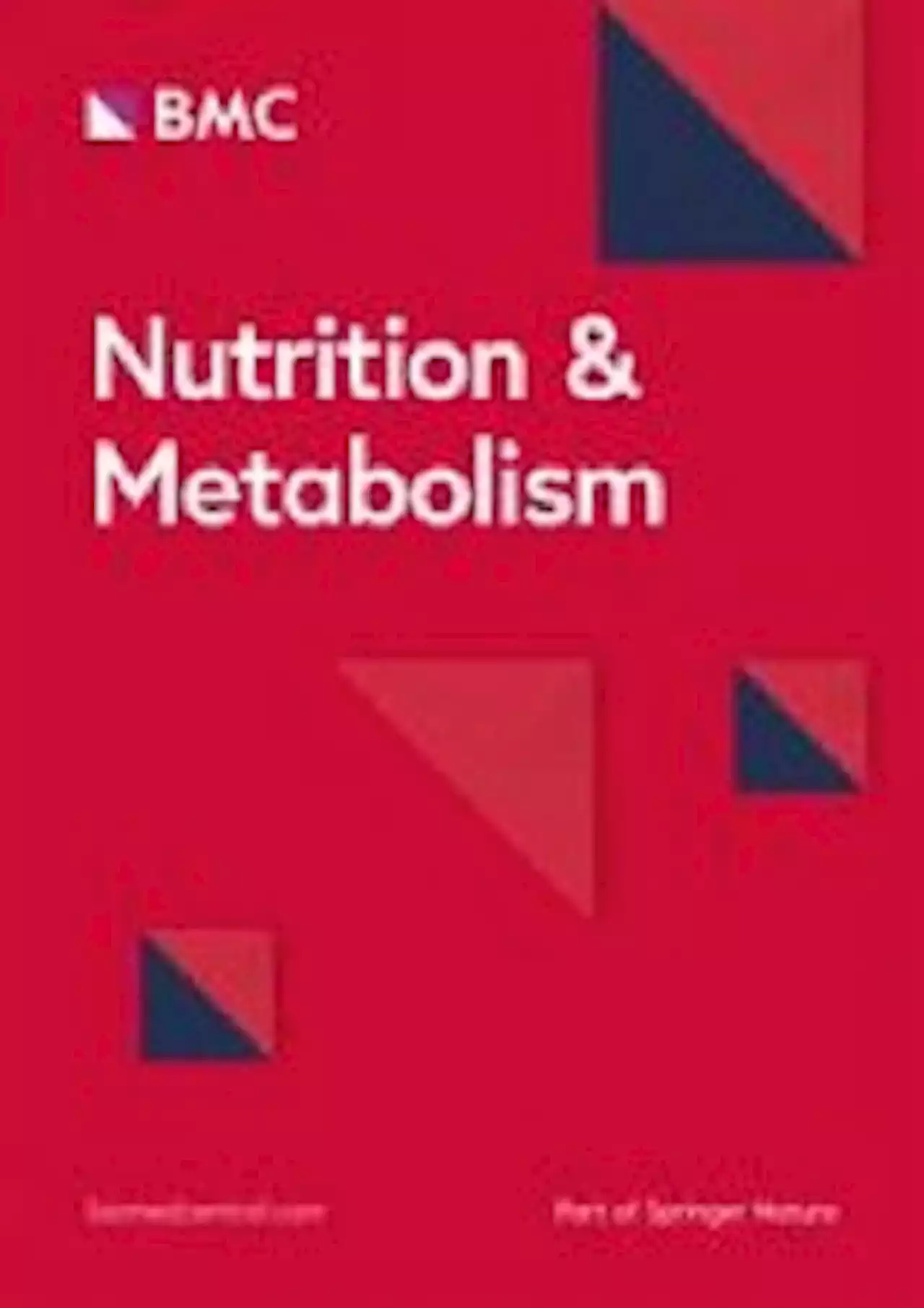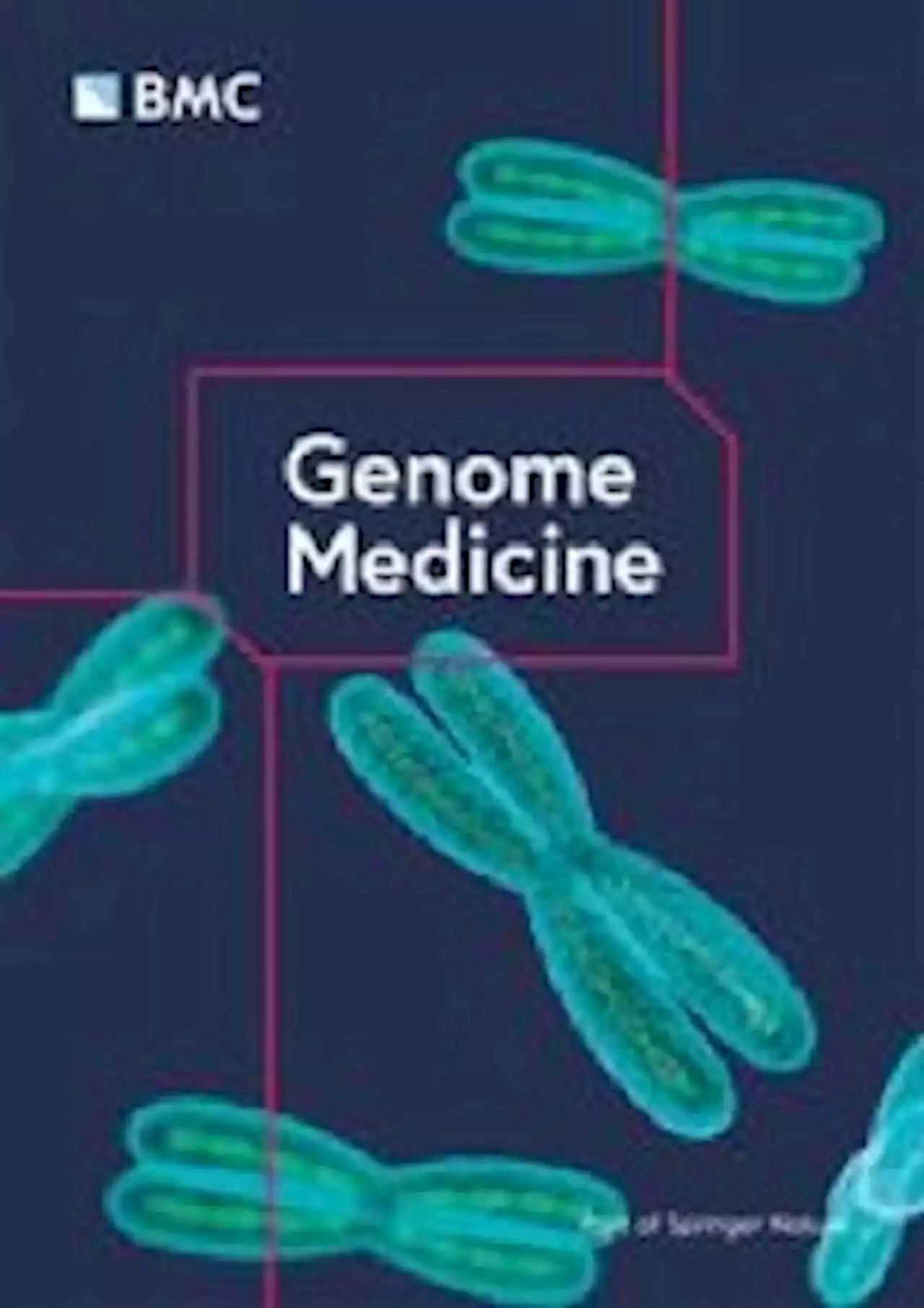Chronic inflammatory bowel diseases: Predicting the success of biologicals
We used different sets of omics markers for machine-learning-based feature selection to assess the predictive potential of early changes in each data layer. In this step, performance could be increased by using individual disease entities and DMPs and combined DMP-DEGs were the best performing initial data sets for UC and CD, respectively. Features selected from other data moieties, e.g.
Limitations of our study include the small size of the cohorts due to the dense longitudinal sampling scheme of IBD patients, which we aimed to compensate by rigorous replication of findings in the two-cohort setting. Potential confounding effects of different sequence batches were minimized by randomization of patients across sequencing runs while keeping all longitudinal samples from a given individual in a single batch.
United Kingdom Latest News, United Kingdom Headlines
Similar News:You can also read news stories similar to this one that we have collected from other news sources.
 Testing by Cambridge lab confirms new tulip found in KyrgyzstanThe small flower is discovered during an expedition in central Asia and DNA-tested in Cambridge.
Testing by Cambridge lab confirms new tulip found in KyrgyzstanThe small flower is discovered during an expedition in central Asia and DNA-tested in Cambridge.
Read more »
 How an AutoTrader ad, call to Skoda and good old fashioned police work stopped violent armed gangWith no witness accounts, no DNA and no fingerprints to go on, detectives had to look for less conventional clues to stop the violent robbers.
How an AutoTrader ad, call to Skoda and good old fashioned police work stopped violent armed gangWith no witness accounts, no DNA and no fingerprints to go on, detectives had to look for less conventional clues to stop the violent robbers.
Read more »
 Beneficial effect of time-restricted eating on blood pressure: a systematic meta-analysis and meta-regression analysis - Nutrition & MetabolismBackground As a cardiometabolic disease, hypertension has shown an obvious upward trend, becoming a global epidemic chronic disease. Lifestyle intervention is a fundamental method for lowering blood pressure. This systematic review and meta-analysis aimed to evaluate the effects of time-restricted eating (TRE) on blood pressure. Methods Studies were retrieved from the PubMed, Embase, Cochrane Library, and Web of Science databases to evaluate the effects of TRE on blood pressure. The time frame of search was from the start of database construction until July 14, 2022.There were no language restrictions. Meta-analysis and meta-regression were performed using Stata version 16. The weighted mean difference with 95% CI was used to assess the effect of TRE on blood pressure, heart rate, weight, blood glucose, total cholesterol, HDL-C, LDL-C, and triglycerides. The main ending of this article were blood pressure and heart rate, while the secondary ending were weight, blood glucose, total cholesterol, HDL-C, LDL-C, and triglycerides. Results Ten randomized controlled trials involving 694 patients were identified. TRE significantly reduced systolic blood pressure (SBP) (mean difference=−4.15; 95% CI: −6.73, −2.30; P | 0.0001), but had no significant effect on diastolic blood pressure (DBP) (mean difference=−2.06; 95% CI: −4.16, 0.02; P=0.053) and no beneficial effect on heart rate (mean difference=0.36; 95% CI: −2.83, 3.54; P=0.0825). TRE promoted weight loss (mean difference=−1.63; 95% CI: −2.61, −0.64; P=0.001) and decreased blood glucose levels (mean difference=−2.80; 95% CI: −4.64, −0.96; P=0.003), but had no significant effect on total cholesterol (mean difference=0.03, 95% CI: −10.01, 10.08; P=0.995), HDL-C (mean difference=0.85, 95% CI: −1.80, 3.49; P=0.531), LDL-C (mean difference=−0.86, 95% CI: −6.47, 4.76; P=0.764), or triglycerides (mean difference=−3.524, 95% CI: −9.49, 2.45; P=0.248). In a separate meta-regression analysis, the degree of SBP change was related t
Beneficial effect of time-restricted eating on blood pressure: a systematic meta-analysis and meta-regression analysis - Nutrition & MetabolismBackground As a cardiometabolic disease, hypertension has shown an obvious upward trend, becoming a global epidemic chronic disease. Lifestyle intervention is a fundamental method for lowering blood pressure. This systematic review and meta-analysis aimed to evaluate the effects of time-restricted eating (TRE) on blood pressure. Methods Studies were retrieved from the PubMed, Embase, Cochrane Library, and Web of Science databases to evaluate the effects of TRE on blood pressure. The time frame of search was from the start of database construction until July 14, 2022.There were no language restrictions. Meta-analysis and meta-regression were performed using Stata version 16. The weighted mean difference with 95% CI was used to assess the effect of TRE on blood pressure, heart rate, weight, blood glucose, total cholesterol, HDL-C, LDL-C, and triglycerides. The main ending of this article were blood pressure and heart rate, while the secondary ending were weight, blood glucose, total cholesterol, HDL-C, LDL-C, and triglycerides. Results Ten randomized controlled trials involving 694 patients were identified. TRE significantly reduced systolic blood pressure (SBP) (mean difference=−4.15; 95% CI: −6.73, −2.30; P | 0.0001), but had no significant effect on diastolic blood pressure (DBP) (mean difference=−2.06; 95% CI: −4.16, 0.02; P=0.053) and no beneficial effect on heart rate (mean difference=0.36; 95% CI: −2.83, 3.54; P=0.0825). TRE promoted weight loss (mean difference=−1.63; 95% CI: −2.61, −0.64; P=0.001) and decreased blood glucose levels (mean difference=−2.80; 95% CI: −4.64, −0.96; P=0.003), but had no significant effect on total cholesterol (mean difference=0.03, 95% CI: −10.01, 10.08; P=0.995), HDL-C (mean difference=0.85, 95% CI: −1.80, 3.49; P=0.531), LDL-C (mean difference=−0.86, 95% CI: −6.47, 4.76; P=0.764), or triglycerides (mean difference=−3.524, 95% CI: −9.49, 2.45; P=0.248). In a separate meta-regression analysis, the degree of SBP change was related t
Read more »
 I'm a Celeb star Olivia Attwood shares reason she had to leave showThe results of a routine blood test meant she was sent immediately to hospital
I'm a Celeb star Olivia Attwood shares reason she had to leave showThe results of a routine blood test meant she was sent immediately to hospital
Read more »
 Type 1 diabetes trial to identify at-risk childrenBlood tests will look for markers that could help avoid life-threatening complications.
Type 1 diabetes trial to identify at-risk childrenBlood tests will look for markers that could help avoid life-threatening complications.
Read more »
